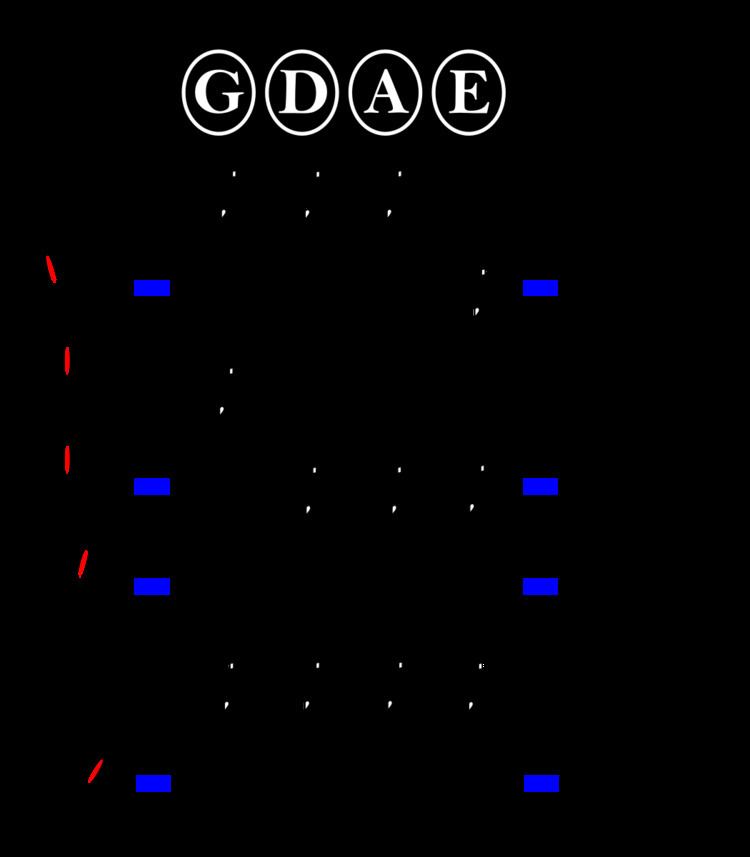 | ||
The term stopped note has different meanings for different instruments. In the context of string instruments, it refers to a note whose pitch has been altered from the pitch of the open string by the player's left hand pressing (stopping) the string against the fingerboard. To play a stopped note on a horn, the player places a hand in the bell to achieve the desired sound.
Contents
Bowed strings
On bowed string instruments, a stopped note is a played note that is fingered with the left hand, i.e. not an open string. This assists with tone production, the addition of vibrato, and sometimes additional volume but creates difficulty in that bowed string instruments do not have frets, requiring ear training and accurate finger placement. The lack of frets, as on the guitar fretboard, does allow greater variability in intonation though a bowed string instrumentalist, such as a violinist, "when unaccompanied, does not play consistently in either the tempered or the natural scale, but tends on the whole to conform with the Pythagorean scale"
The open notes of the highest three strings may be played as stopped notes on the lowest three strings, offering advantages and disadvantages:
Fingered tremolos, the rapid alternation of two notes, are best between two stopped notes on one string, in which case it is limited to the interval of an augmented fourth, or between stopped notes on two adjacent strings:
Plucked strings
On plucked string instruments with frets, such as the guitar, the pitch of a stopped note is determined by the left hand pressing (stopping) the string at one of the frets.
Horns
Horn players refer to "stopped notes" as notes played with the stopping hand placed further into the bell than usual.
